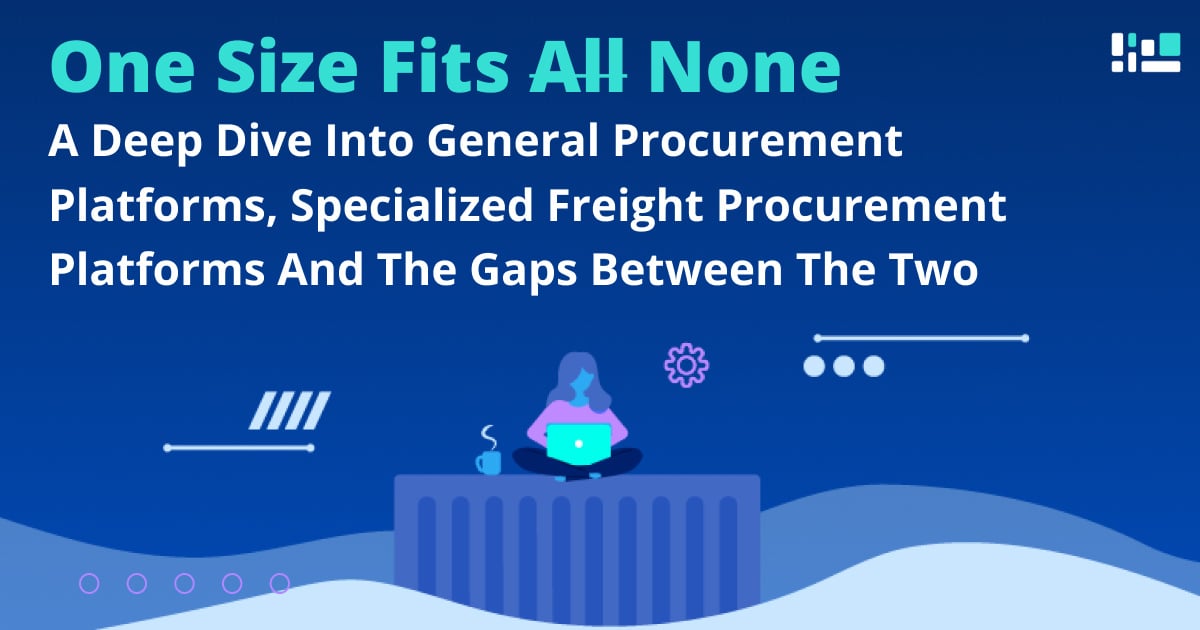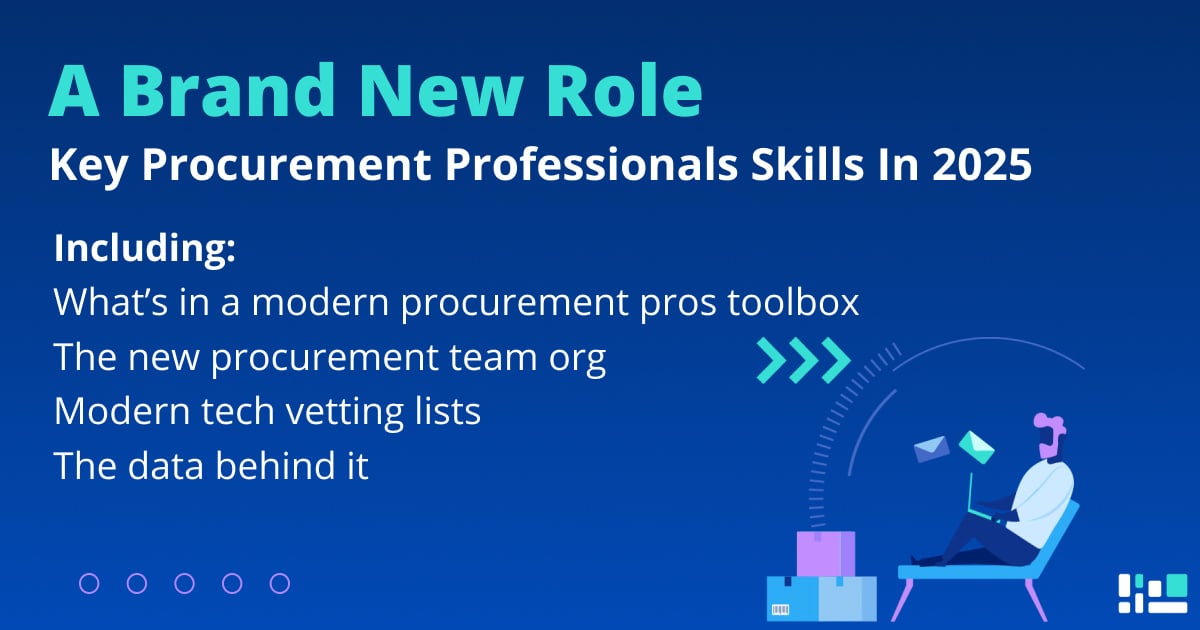The world’s biggest infrastructure project – powered by China
The silk road from China, through Central Asia to Europe, was first used in 130 BC and brought new goods and innovation like paper, gunpowder and printing into the west – in other words: Progress.
Now China is working on their new edition of the intercontinental route and even more. China’s so called One Belt, One Road Project (OBOR) is by far the most expensive infrastructure project in history and has far reaching consequences for the GDP and human development in many countries and of course for the global logistics sector. An estimated investment volume of approximately one trillion $US is being pumped into the Rails, Roads and Ports of Asia, Europe and Africa. One trillion is a number with 12 zeros – One million times one million. The One Belt, One Road initiative so far affects 70 countries that have 65% of the world’s population and one third of global GDP – meaning that most affected countries are poorer than the global average and therefor emerging markets.
Merics offers an interactive map that tracks the progress of the Belt and Road Inititive.
Why One Belt, One Road?
With the investments China aims to reduce the lack of applicable infrastructure along six corridors connecting the continents, so that goods can be transported quick and without complications due to weak or simply absent infrastructure.
To give an example: An Indonesian road to Jakarta of about 145 km used to be a five hour trip. China invested 6 billion $US as part of the One Belt, One Road Initiative (about 0,6% of the total estimated OBOR-budget) to build southern Asia’s fastest train that shortens the travel time to 45 minutes, with a possible top-speed of almost 350 km/h.
The chances and risk of One Belt, One Road
On the one hand the infrastructure investments could significantly enhance the situation of countries’ economies. A working infrastructure is key to innovation, like it was already during the first industrialization in the 18th and 19th century in Western Europe and the US. Furthermore, the connection to transport routes opens up international trade opportunities and more economic scope for action – especially for the landlocked countries between China and Europe with an insufficient infrastructure of railway lines.
On the other hand, it is questionable if these nations’ economy will actually benefit from the investments, as the orders might go primarily to Chinese companies. But China doesn’t even have that much of an interest to actually import things from most of the connected countries. On the contrary: they want to continue to export their production surplus and could thus lead economies into dangerously negative foreign trade balances. In addition, China is also under suspicion of wanting to use these investments to assert long-term geopolitical interests.
Is One Belt, One Road boosting global logistics?
The global logistics sector will be winning anyway, if more goods are being transported. With an uninterrupted infrastructure between Europe and China and the resulting market access for further national economies, this will definitely be the case. The logistics sector will have to face the challenges of adapting to new markets with cultural, geographical and economic differences, but definitely wins at the end of the day.
The extension of transport routes also allows for more opportunities to move goods and therefor for more alternatives in procurement. With higher trade volumes it will be even more important to have a fast tendering process with complete visibility of opportunities and prices. Using SHIPSTA’s technology you can manage your freight rates easily in one place and gain the ultimate visibility.
About SHIPSTA
SHIPSTA powers smart logistics procurement with a digital platform that connects shippers and carriers to ensure a frictionless procurement process for spot and contract buying, entirely online. It automates complex tasks, provides unrivalled visibility and supports fast data-driven decision-making. Designed and built by experts in logistics procurement, it is bringing transparency, automation and efficiency to the global logistics industry. It is used by some of the world’s largest companies to respond to market volatility, control freight costs and manage risk. The company was founded in 2015 and is based in Mertert, Luxembourg and Hamburg, Germany.



